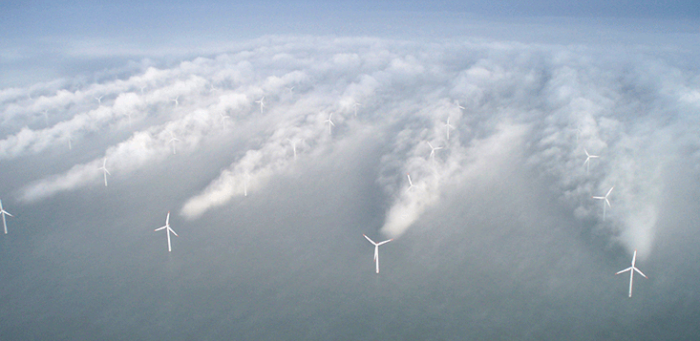The Standard Club is warning ship operators looking to enter the rapidly expanding offshore renewable energy sector of key differences in liability related regimes around the world and specific contractual risks.
The Club informed that it has updated two detailed guides which examines issues in offshore contracting and analyses various offshore jurisdictions. In particular, the newly published 16 page Standard Club Offshore & Renewables Contracting Guide advises that some contracts expose ship operators and charterers to risks which will not be covered under standard protection & indemnity (P&I) pooling arrangements. Furthermore, the Standard Club’s updated Offshore Jurisdiction Guide covers 17 different jurisdictions.
Contracts in the oil and gas market are typically based on knock-for-knock terms meaning each party is responsible for their people and property, regardless of the cause. As the offshore renewables market has evolved from onshore construction, renewables contracts often need marine clauses to be included retrospectively.
Standard Club’s Divisional Head of Offshore & Renewables, John Croucher said:
It’s critical that any company looking to enter the fast-growing offshore renewables sector understands the differences in regimes around the world as well as the many exclusions from poolable P&I cover according to the contract, operation or ship type.
He added:
“There are unique risks in every territory. These range from metocean conditions, weather, water depth and seismic risks, technological risks like floating wind, or regulatory, legal, contractual and geopolitical risks. It is important to remember that the right to limit liability, especially in respect of wreck removal is not the same everywhere and nor are the application of the Bunkers, CLC, Wreck Removal or Maritime Labour Conventions.”
Standard Club has seen a sharp rise in interest in the offshore renewables market from companies who have not previously been active in the sector. The potential for rapid evolution of offshore renewable energy capacity in the USA, Japan and Taiwan as well as continued European wind farm development requires a range of different vessels and contracts from the initial research and survey phase, through to installation/construction, operation, maintenance, repair and eventual decommissioning.






























































